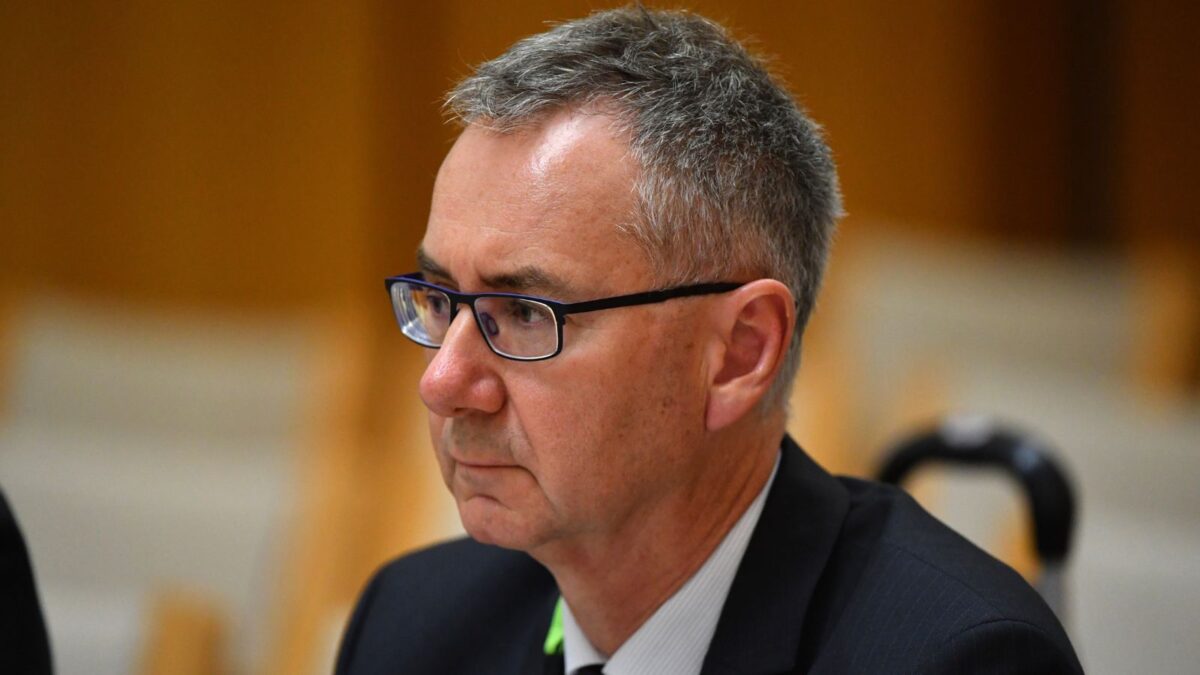The art of bubble spotting
From Tulip Mania to the Tech Wreck, the history of bubbles shows that they’re harder to spot than investors might think.
As Ruffer investment director Lauren French notes in the latest Ruffer Review, even the smartest can fall prey to a market bubble. Isaac Newton, one of the most brilliant mathematicians in history, still lost his life savings in the South Sea Bubble of 1720. It can be surprisingly hard to know when you’re in one. But the first indicator, to French’s mind, is when investing becomes the new national pastime and FOMO consumes even the average punter.
“When Joseph P Kennedy, a prominent banker of the Roaring 20s and father of JFK, was given a stock tip by the young New Yorker shining his shoes, he famously decided it was time to cash in his investments, thus deftly avoiding the 90% decline in stock prices which led to the Great Depression.”
In the case of the latest and greatest bubble, it’s the army of retail investors who have flooded the market since Covid-19 lockdowns put a little too much time on everybody’s hands. We’ve now witnessed “the rebirth of retail investing”; new investors have been lured to the market by apps like Robinhood and the returns to be had from speculative investments like cryptocurrencies or whatever it is they’re now talking about on WallStreetBets.
“Some may be tempted to ‘play the bubble’ by investing in the beneficiaries of increased retail trading. But take care: the Uber driver who gives you a hot stock tip may just be the latest incarnation of Joe Kennedy’s shoeshine boy.”
Then there’s the new paradigm – whatever shift in society is used to justify sky-high high valuations. It’s usually claimed that the companies of the new paradigm will disrupt some staid model or business and take their place as a new titan of industry. And while the promise is usually real, the Tech Wreck shows that the timing is harder to nail down. That’s when the feedback loop kicks in: “As investors make profits, more money is sucked in, allowing the bubble to feed itself, often exacerbated by credit and financial innovation.
“The Dutch Tulip Mania of 1636 was driven by perceived scarcity – it takes a long time for a tulip to grow, so rarer types (the jewels) with distant flowering dates attained the giddiest prices,” French writes. “This bubble was intensified by professional traders, who even created a formal futures market. People began buying tulips through leverage, using margined derivatives contracts. This encouraged the sale and resale of the notes themselves, rather than the bulbs.”
“The following spring, as new tulips sprouted, it became apparent that supply would soon outstrip demand. The crash was devastating, worsened by those who had bought bulbs on credit, hoping to repay their loans when they sold their bulbs for a profit. Holders of contracts were forced to sell at any price.”
French’s final point, frauds and scapegoats, has little to do with spotting bubbles. But hindsight is 20/20. When the party finally ends, all you’re left with is the hangover – and that’s when the scapegoating begins.
“After a bubble bursts, frauds are laid bare, and scapegoats are needed so investors can claim they were led astray, rather than greedily chasing profits,” French writes. “Take Bernie Ebbers. As CEO of WorldCom, he embodied the dot.com era, but ended up in jail for fraud after one of the largest accounting scandals in history.”
“The bursting of the South Sea Bubble also provoked huge public outcry. A full parliamentary enquiry revealed extensive fraud and many scapegoats were publicly shamed. The Chancellor of the Exchequer was even locked up in the Tower of London.”
Or, as Jonathan Swift puts it in his poem “The Bubble” (interestingly, where the term originated):
The nation then too late will find,
Computing all their cost and trouble,
Directors’ promises but wind,
South Sea, at best, a mighty bubble.










